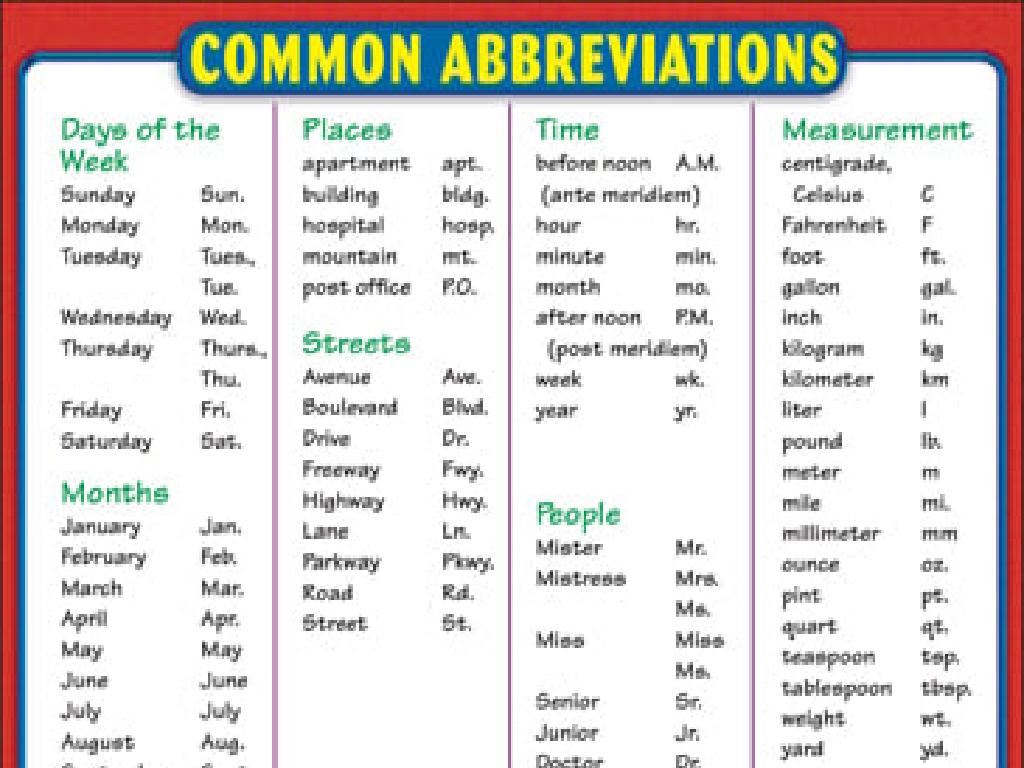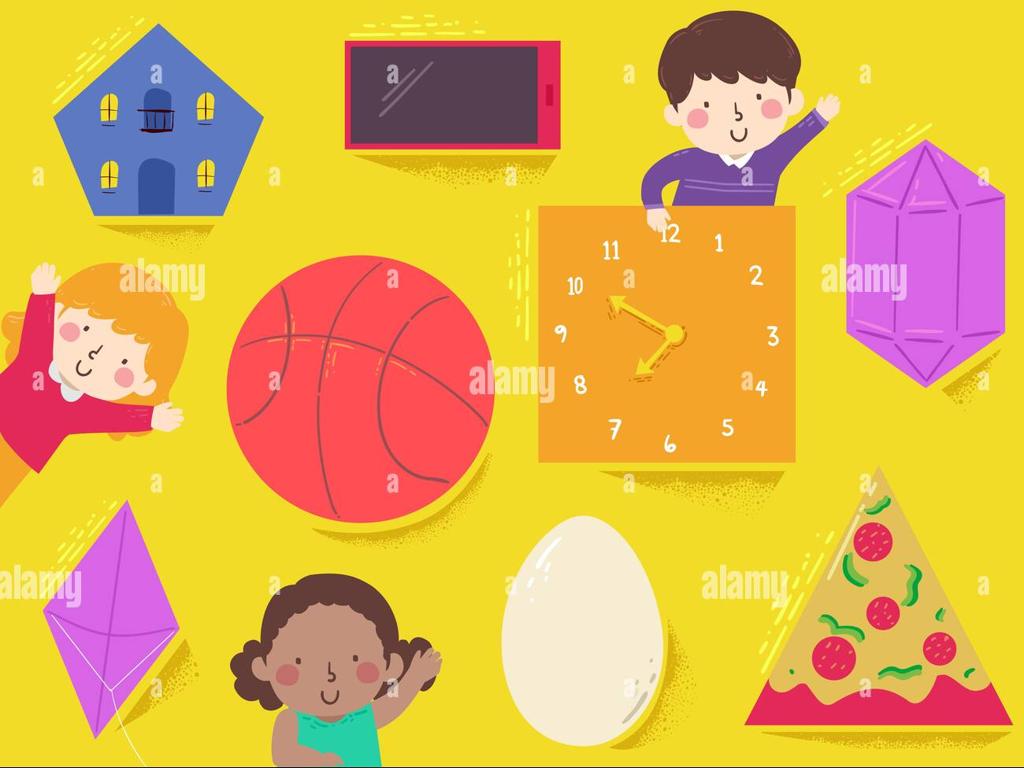Percent Of A Number: Tax, Discount, And More
Subject: Math
Grade: Eighth grade
Topic: Consumer Math
Please LOG IN to download the presentation. Access is available to registered users only.
View More Content
Understanding Percent in Consumer Math
– Percentages in daily life
– Percent represents a part of a whole, like sales tax or interest rates.
– Math’s role in shopping
– Comparing prices, budgeting, and figuring out sales involve math.
– Calculating tax and discounts
– To find the tax amount, multiply the tax rate by the item’s price.
– Today’s focus: Percent of a number
– Learn to calculate what percentage one number is of another.
|
This slide introduces students to the concept of percentages in the context of consumer math, emphasizing its relevance in everyday life such as shopping, tax, and discounts. Begin by explaining what a percent is a way to express a number as a fraction of 100. Discuss how math is used in shopping to compare prices, manage budgets, and calculate sales. Explain the process of calculating tax by multiplying the price by the tax rate. For discounts, show how to calculate the reduced price by finding the percentage of the original price. Today’s focus will be on understanding how to calculate the percent of a number, which is a fundamental skill in consumer math. Provide examples and practice problems to reinforce the concept.
Understanding Percentages
– Percent means ‘per hundred’
– Expresses relative quantity size
– If a class has 20 boys and 30 girls, what percent are girls?
– Symbol for percent is %
– Application in tax and discount
– Calculate sales tax on a $50 item with 8% tax or find discount on a $70 sweater with 25% off.
|
This slide introduces the concept of percent to the students, explaining that it is a way to express a number as a fraction of 100. This is foundational for understanding how percentages are used in everyday life, such as calculating sales tax, discounts, and comparing quantities. Emphasize that the percent symbol (%) is a shorthand for ‘per hundred’, which can be used to convert between fractions, decimals, and percentages. Provide examples of how to calculate the percent of a number, such as finding the percentage of girls in a class or the amount of sales tax on a purchase. Encourage students to think of percentages as part of a whole to better understand their practical applications in consumer math.
Calculating Percent of a Number
– Understand the percent formula
– Use (Percent / 100) * Whole = Part to find a percentage
– Convert percent to decimal
– 20% becomes 0.20 in decimal form
– Multiply by the whole number
– For 20% of $50, multiply 0.20 by 50
– Solve real-world problems
– Apply this method to calculate tax, discounts, and more
|
This slide introduces the fundamental concept of calculating the percent of a number, which is a crucial skill in consumer math. Start by explaining the formula and ensure students understand that ‘percent’ means ‘per hundred’. Show them how to convert a percentage to a decimal by dividing by 100. Then, demonstrate the multiplication step using the whole number. Use the example provided to calculate 20% of $50 together. Emphasize the practical applications of this skill, such as figuring out sales tax, discounts while shopping, and interest rates. Encourage students to practice with different percentages and whole numbers to gain confidence.
Understanding Sales Tax
– What is sales tax?
– A government-imposed extra cost on goods/services
– Calculating total cost with tax
– Add item price to product of item price and tax rate
– Example: 8% sales tax on $100
– Total cost = $100 + ($100 * 0.08) = $108
– Practice calculating sales tax
|
Sales tax is an additional percentage of the cost of goods or services that is collected by the government. To find the total cost of an item including sales tax, students should multiply the item price by the sales tax rate, then add the result to the original item price. For example, with an 8% sales tax rate, a $100 item would incur $8 in sales tax, making the total cost $108. Encourage students to practice with different scenarios, varying the item prices and sales tax rates to solidify their understanding. This concept is crucial for real-life budgeting and financial literacy.
Calculating Discounts on Prices
– What is a discount?
– Formula for sale price
– Sale Price = Original Price – (Original Price x Discount Rate)
– Calculate a 25% discount
– A $70 jacket with 25% off: $70 – ($70 x 0.25) = $52.50
– Practice with real examples
|
This slide introduces the concept of discounts, a common consumer math application. A discount is a price reduction typically offered to encourage purchases. To find the sale price, subtract the discount amount from the original price. The discount amount is found by multiplying the original price by the discount rate. For example, a $70 jacket with a 25% discount means the discount amount is $17.50 ($70 * 0.25), making the sale price $52.50 ($70 – $17.50). Encourage students to practice with different scenarios, such as finding the final price after a 10% discount on a $50 book or a 30% discount on a $40 game.
More Applications of Percent
– Understanding interest rates
– Interest rates determine extra amount paid on loans or earned on savings.
– Calculating percent increase/decrease
– Find how much values go up or down over time, expressed as a percentage.
– Gratuities and tips explained
– Tips are a percentage of the total bill for service, usually 15-20%.
– Applying percentages in real life
|
This slide aims to broaden students’ understanding of how percentages are used in everyday life, particularly in financial contexts. Interest rates are a crucial concept in banking, affecting savings and loans. Students should learn how to calculate the interest on a given amount. Percent increase or decrease is another vital application, often used to represent changes in prices or quantities. Gratuities, or tips, are customary in many restaurants and are calculated as a percentage of the total bill. Encourage students to practice these calculations with real-life examples, such as determining the tip on a restaurant bill or the interest on a savings account, to reinforce their understanding of percentages in practical situations.
Class Activity: Real-Life Percentages
– Pick a classroom item
– Calculate 15% sales tax
If an item costs $10, what is 15% of $10?
– Determine 20% discount
After adding tax, what is 20% of the new price?
– Present findings to class
|
This activity is designed to help students apply their knowledge of percentages to real-life situations involving sales tax and discounts. Divide the class into small groups and have each group select an item from the classroom. They will then calculate a 15% sales tax on the item’s price. Once they have the new total, they will determine what a 20% discount on that total would be. This exercise will reinforce their understanding of how to calculate percentages of a number and the sequential nature of applying tax before discount. Encourage each group to explain their process and reasoning when presenting to ensure comprehension. Possible variations for different groups could include changing the percentage rates or the base price of the items.
Applying Percent Concepts: Homework
– Review percent calculations
– Real-world application
– Homework: Calculate tax and discount
– Find an item’s price online, add 10% tax, then apply a 15% discount
– Discuss your findings tomorrow
– Be ready to explain how you calculated both
|
This slide wraps up the lesson on percentages by reviewing the key concepts and emphasizing their practical application in everyday life, such as calculating taxes and discounts while shopping. For homework, students are tasked with finding an item online and performing calculations to determine the final price after tax and discount. This exercise will help solidify their understanding of percentages and prepare them for the next class discussion. Encourage students to be thorough in their process and to be ready to explain their methodology, as this will enhance their comprehension and ability to apply these skills in real-world scenarios.




/mla_citation_example.jpg)

